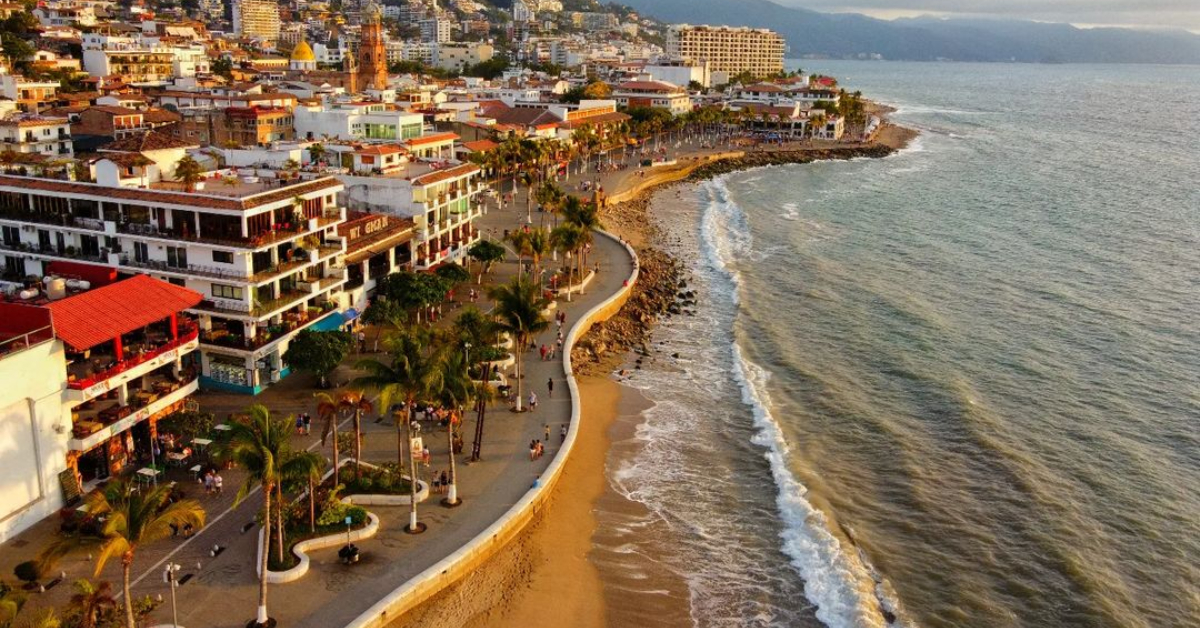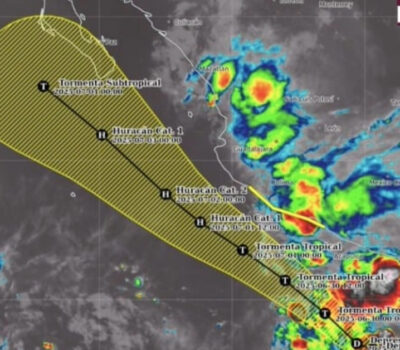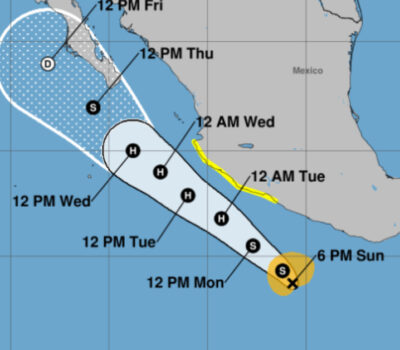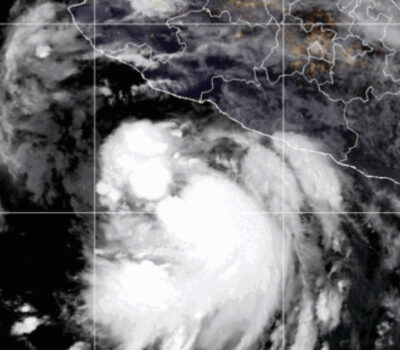Puerto Vallarta, Mexico – Behind the romanticized image of remote work with a beachside view lies a complex issue of gentrification and dispossession in Puerto Vallarta, according to research conducted by the Centro Universitario de la Costa (CUCosta). This phenomenon has gained prominence in the wake of the pandemic, and while there is currently no specific tool to measure its extent, it is clear that the city is grappling with the consequences of an influx of digital nomads.
Mexico has emerged as the leader in hosting digital nomads in Latin America, with an estimated 90,000 individuals, as reported by Eduardo López Macías, CEO of the technology company Restart, via Forbes. This growing community includes not only Americans and Canadians but also European citizens and members of the LGBTIQ+ population.
The presence of these digital nomads is having a profound impact on the social fabric and urban landscape of Puerto Vallarta. While they come from diverse backgrounds, their arrival often leads to rising property prices and displacement of local residents. Real estate agencies are creating high-priced rental spaces to cater to this new demand, driving up costs in traditional neighborhoods such as Emiliano Zapata.
Paola Cortés Almanzar, Head of the Department of Arts, Education, and Humanities at CUCosta, emphasized that the issue is not the nationality or profession of the newcomers but the lack of regulation in the housing market. The government’s oversight in terms of concessions and permits for foreign property ownership on the coast has come into question.
Alfonso Baños Francia, an urban planner and CUCosta academic, highlighted that land prices in the Romantic Zone can reach up to 80,000 pesos per square meter, making it increasingly unaffordable for locals. North American tourists, attracted by the rise of digital lodging platforms, often invest in properties not to reside in but to rent out to other visitors.
Emiliano Zapata, particularly the Zona Rosa, has borne the brunt of gentrification, with 60 percent of residential homes designated for temporary use. Other neighborhoods like Centro and 5 de Diciembre are also experiencing similar trends.
The impact of gentrification is evident in the statistics provided by the Institute of Statistical Information and Geography of Jalisco (IIEG), indicating that 17.80 percent of all homes in Puerto Vallarta are for temporary use.
In 2023, property sales and rental platform Inmuebles24 reported a growing market for medium-term rentals, with digital nomads seeking such accommodations in Guadalajara and Puerto Vallarta. Airbnb also revealed a substantial presence in Puerto Vallarta, with 7,500 registered accommodation units by the end of 2022.
As the real estate sector takes notice of these trends, there is a growing concern among locals who feel the pressure of dispossession in their own neighborhoods. The documentary “Zapata: The land belongs to those who buy it” captures the sentiments and struggles of Emiliano Zapata residents as they grapple with the changing dynamics of their community.
Alfonso Baños Francia suggested that authorities could explore financing options to make housing more affordable for locals in the face of the rising demand from digital nomads. However, the focus often remains on economic profitability rather than social well-being.
As Puerto Vallarta continues to attract digital nomads and tourists, the city faces a critical challenge in balancing the interests of newcomers with those of long-standing residents, all while preserving the unique character of this coastal gem. It is a complex issue that requires a coordinated effort from various stakeholders and careful consideration of its long-term consequences.
Puerto Vallarta, Mexico - Behind the romanticized image of remote work with a beachside view lies a complex issue of gentrification and dispossession in Puerto . . .












